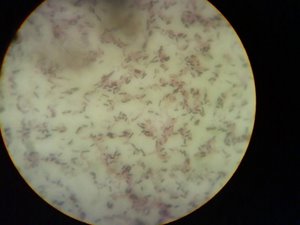BG Additional
P C Culmer
Additional Information.
I have a good amount of experience in administration, having taken a basic level NVQ in the subject, and then worked as the project manager of one building company, and as the general administrator of another. These roles entailed the usual spectrum of administrative tasks, including fairly extensive bookkeeping in the latter. I have formally studied health and safety many times in various theatres, including laboratory, office, catering, and industrial settings.
I am highly literate and numerate, and familiar with the everyday use of Microsoft Office. I also have some experience of SPSS. Having recently graduated, I have plenty of recent experience of writing reports at varying lengths and levels of detail, and also of making presentations of information. I feel that my recent experience as a mature student may help me relate to students in my day to day work.
I believe in dealing with people as individuals, not as representatives of a class, gender, or culture, and feel that my experience in a disabled person’s organization may give me an enhanced understanding of the crucial difference between the meeting of a persons differing needs and condescension. I feel that anyone dealing with students, colleagues, the general public, or any other client or potential client, should have foremost in their mind that they are there to meet that person’s needs, and should act accordingly.
With regard to the specifics of the person profile:
Education: I have a Bsc (Hons) in Biochemistry. I am highly numerate, with a basic NVQ in Business Administration, and several years experience.
Knowledge and Skills: I am very familiar with Microsoft Office, experience in making presentations, and feel that I can communicate effectively in writing. I can provide examples of my work for your consideration. I am experienced in all aspects of general administration, and also in bookkeeping. I have some knowledge of database work, though this is not as extensive as I would prefer.
Experience: I have several years experience of working in an office, and of providing support and information.
Personal Attributes: My base line approach to work is to be conscientious, enthusiastic, client-centred, and loyal. The fact that I have Asperger Syndrome tends to make my default approach a methodical one, and I am more than willing to be flexible and to undertake as much additional training as is available.
I would wish for nothing less than total success for any organization of which I was a part, and to play my part in that success.
In short, I feel that my abilities and personal characteristics would be an asset to the Research Centre, and that being a part of it would benefit my personal development.










